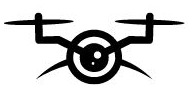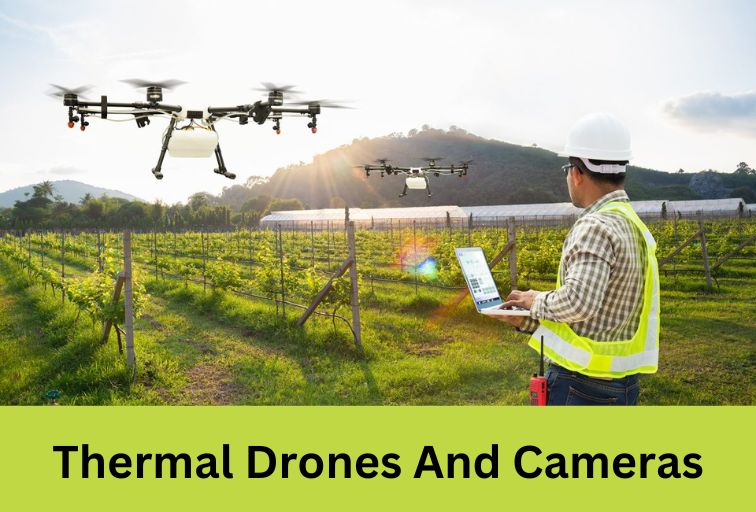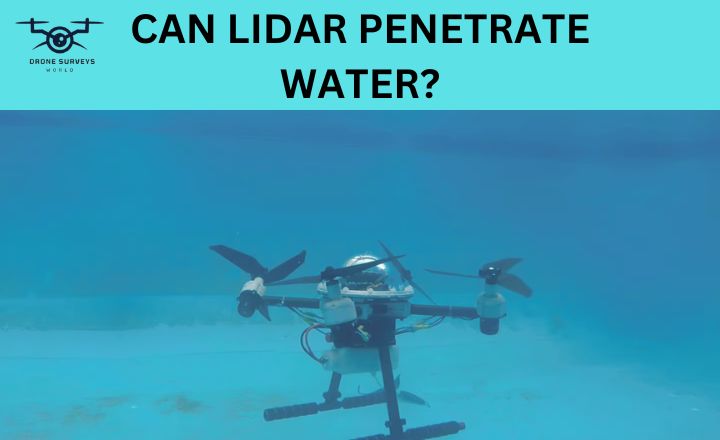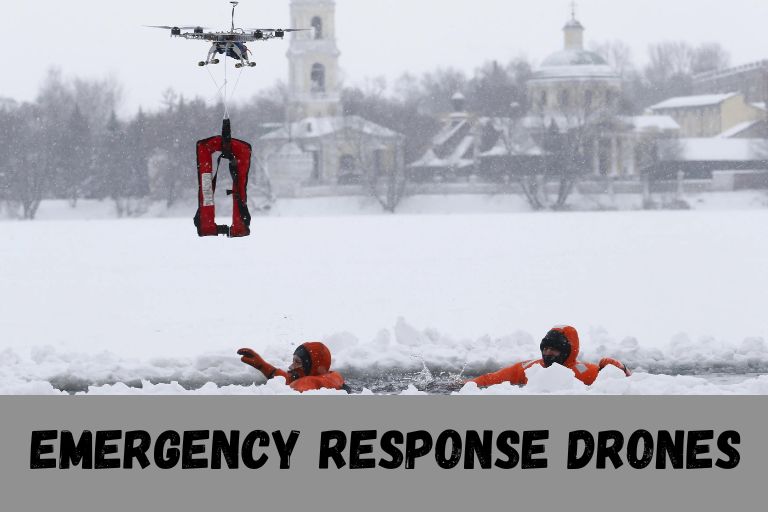Technology is advancing quickly. Drones and cameras now have thermal imaging. This lets us see heat in the dark or through trees. Thermal drones and cameras are used in many areas like search and rescue and wildlife conservation. This reading talks about thermal drones and cameras, their uses, benefits, and how they are changing aerial surveillance and data collection. Let us explore how thermal imaging is making a difference in today’s changing world.
Thermal Drones For Search And Rescue
Thermal drones have revolutionized the search and rescue industry, offering a powerful tool for locating missing persons in various terrain conditions. With their ability to detect heat signatures, thermal drones can quickly identify individuals in need of assistance, even in low-light or obscured environments. This technology has drastically improved response times during emergencies and has saved countless lives.
Using thermal cameras for drones offers versatility in diverse settings. Whether searching dense forests, rugged mountainsides, or urban areas, these drones provide a bird’s-eye view that traditional methods cannot easily achieve. Thermal imaging allows rescuers to pinpoint the exact location of individuals by detecting body heat signatures, making the operation more efficient and precise.
Thermal camera drone offer a safe and cost-effective solution for search and rescue operations by minimizing risks associated with manual searches. These aerial devices can cover large areas quickly while keeping search teams out of harm’s way.
Thermal Drones For Firefighting
Thermal drones offers unprecedented advantages in detecting, monitoring, and managing wildfires. Equipped with advanced thermal imaging cameras, these drones provide real-time data on fire hotspots, allowing firefighters to pinpoint the exact location of the blaze and devise more effective strategies for containment.
By capturing high-resolution thermal images from the air, these drones enable firefighters to assess the intensity of the fire and identify any hidden or smoldering areas that may pose a threat. Drone thermal camera facilitate swift decision-making by providing valuable information on temperature differentials within the fire zone.
This critical data helps firefighting teams prioritize their efforts and allocate resources more efficiently to combat the flames effectively. Thermal drones can survey vast areas quickly and access otherwise hard-to-reach or hazardous locations, enhancing situational awareness and improving overall response times.
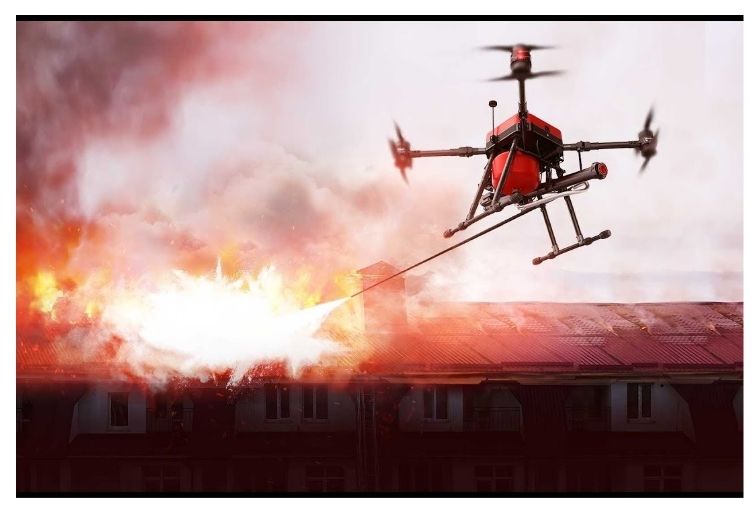
Thermal Drones For Police And Public Safety
Thermal drones have revolutionized the way police handle public safety and crime-fighting initiatives. By providing unprecedented views of a scene or incident, these drones offer real-time data that aids in planning an effective response strategy.
The thermal camera for drones enable officers to spot suspects or missing persons hidden in darkness or dense foliage, greatly enhancing their ability to apprehend criminals and save lives. Thermal drones play a crucial role in keeping officers safe during high-risk situations.
With their ability to track suspects from a safe distance and provide vital information without putting officers directly in harm’s way, these drones are changing the dynamics of law enforcement operations.
Thermal Drones For Agriculture
Thermal drone camera is changing the way farmers monitor and manage their crops. By utilizing advanced thermal imaging technology, these drones can detect water stress in crops with incredible precision, offering farmers a fast and effective solution for addressing potential issues before they escalate.
The ability of thermal drones to capture high-resolution thermal data allows farmers to quickly identify areas of concern within their fields and take proactive measures to optimize crop health. The integration of thermal drones into agricultural practices streamlines the monitoring process and also provides farmers with valuable insights that were previously inaccessible.
This technology enables growers to make data-driven decisions based on real-time information, leading to improved crop yields and overall farm productivity. With the rapid advancements in drone technology, the use of thermal drones for agriculture continues to evolve, presenting new opportunities for sustainable farming practices and enhanced resource management.
Thermal Drones For Inspection
Thermal drones and cameras have revolutionized the field of inspection by providing a unique perspective that can detect and highlight problems that may be missed during a visual inspection. These drones utilize thermal imaging technology to capture heat signatures, allowing inspectors to identify issues such as water leaks, electrical faults, and insulation deficiencies with greater accuracy.
By analyzing the temperature variations in an area, thermal drones can pinpoint anomalies that may not be visible to the naked eye. Thermal drones for inspection have ability to cover large areas quickly and efficiently. Traditional inspections often require manual labor and time-consuming processes, while thermal drones can capture data from above in a fraction of the time.
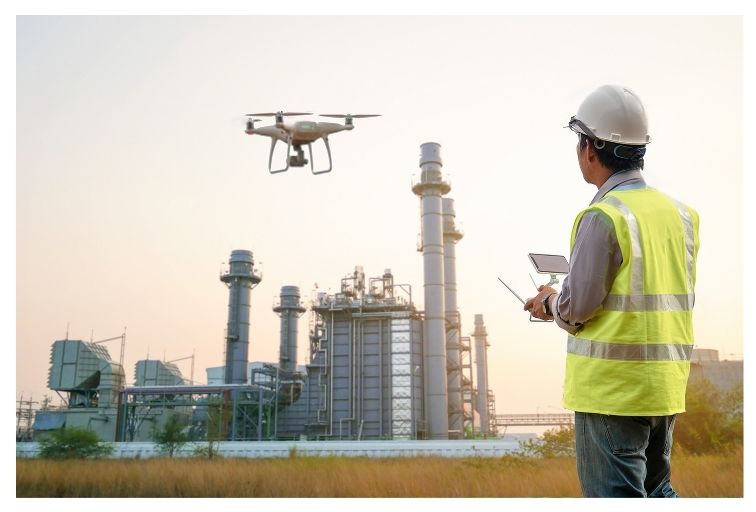
This allows inspectors to earn by assessing hard-to-reach or hazardous locations without putting themselves at risk. The high-resolution images produced by thermal drones provide detailed insights that can aid in making informed decisions regarding maintenance and repairs. The use of thermal drones for roof inspection represents a significant advancement in building maintenance practices.
Final Words
Thermal drones and cameras have changed many industries by offering a new way to do surveillance, inspection, and search-and-rescue work. These new technologies let users see heat signatures from far away, which is very useful for watching and studying heat patterns. These are now very important tools in today’s technology world because they can help make things work better, be safer, and make decisions easier.
Frequently Asked Questions
What is a Drone Heat Sensor?
A drone heat sensor is a specialized device attached to a drone that allows it to detect and measure thermal radiation emitted by objects or surfaces.
What is the Difference Between a Regular Drone Camera and an Infrared Camera for Drones?
Regular drone cameras capture visible light images, while infrared cameras for drones detect heat signatures that are not visible to the naked eye, providing unique insights into temperature variations.
What is the Range of a Typical Thermal Drone?
The range of a thermal drone can vary depending on the model and manufacturer but generally ranges from 1-10 kilometers.
Are Thermal Drones suitable for Wildlife Conservation Efforts?
Thermal drones can help track endangered species, conduct population surveys, and monitor animal movements without disturbing their natural habitats.
How easy is it to Operate a Thermal Drone for Beginners?
Many thermal drone models are user-friendly with intuitive controls and automated features, making them accessible to beginners after basic training and practice.
